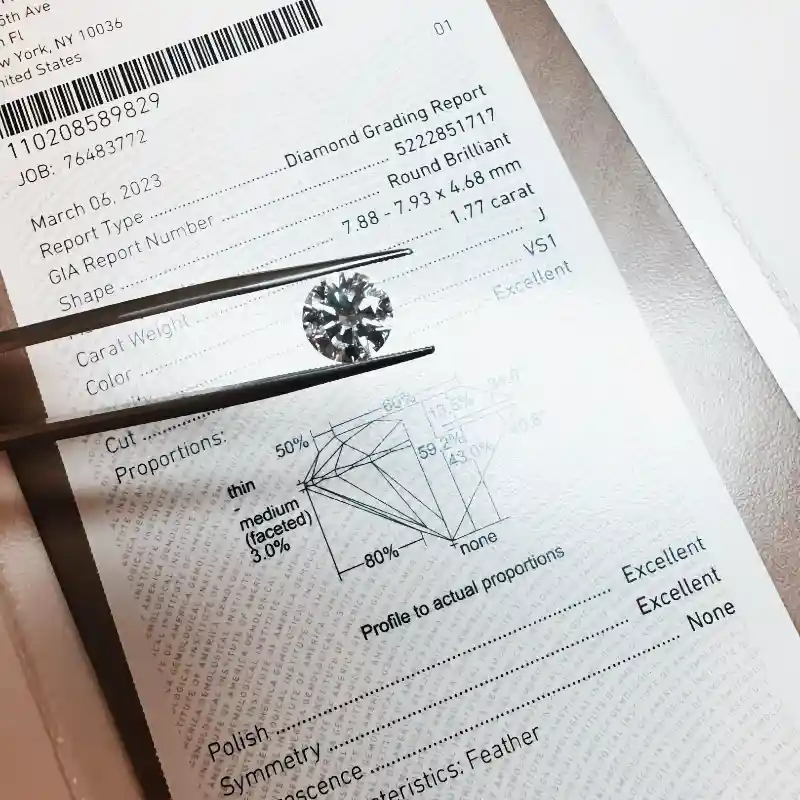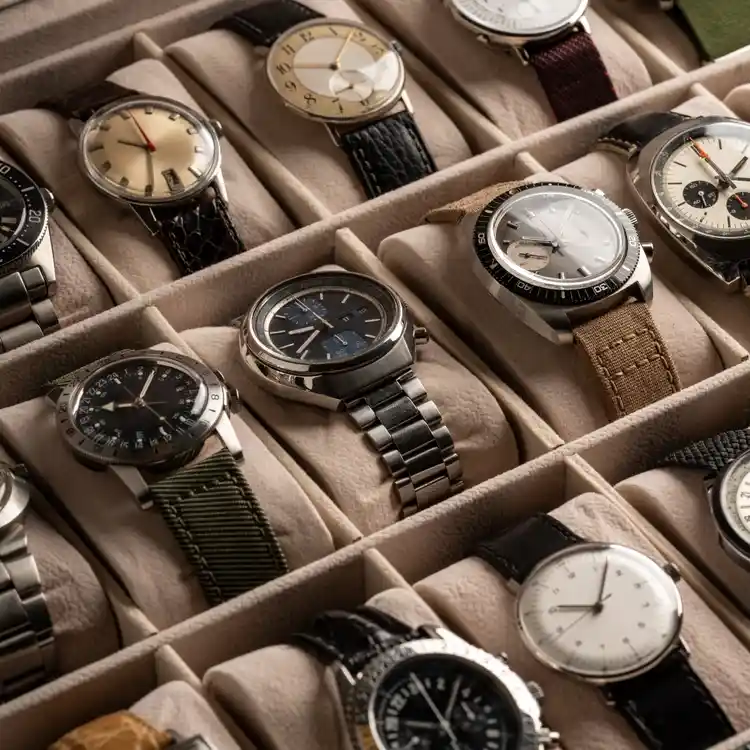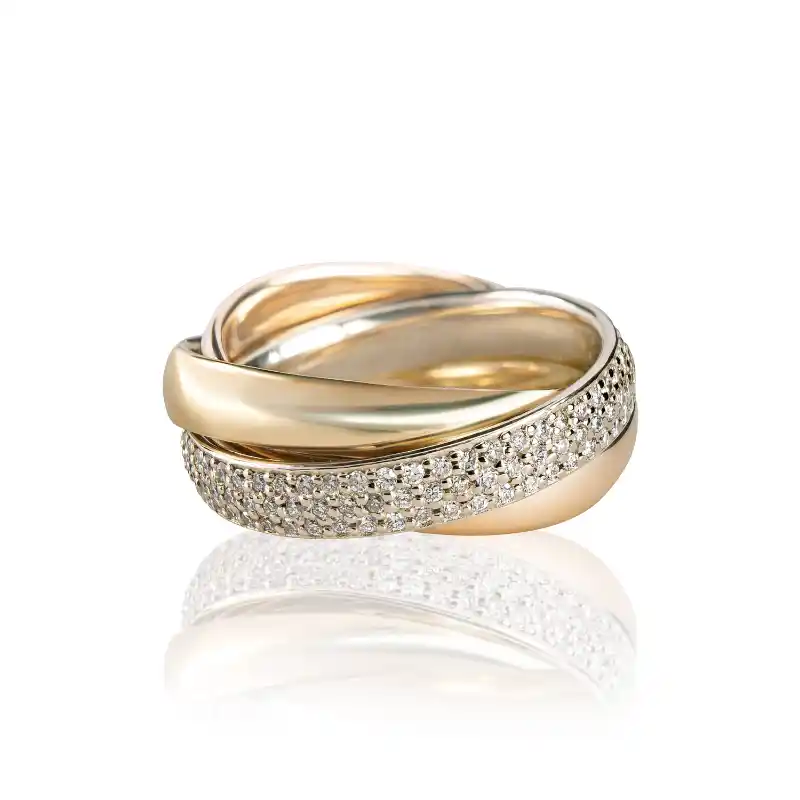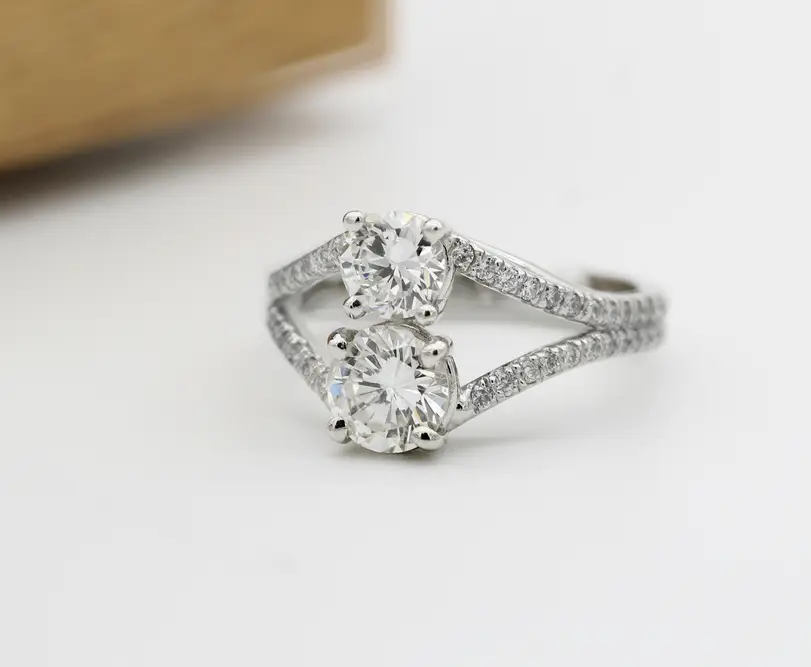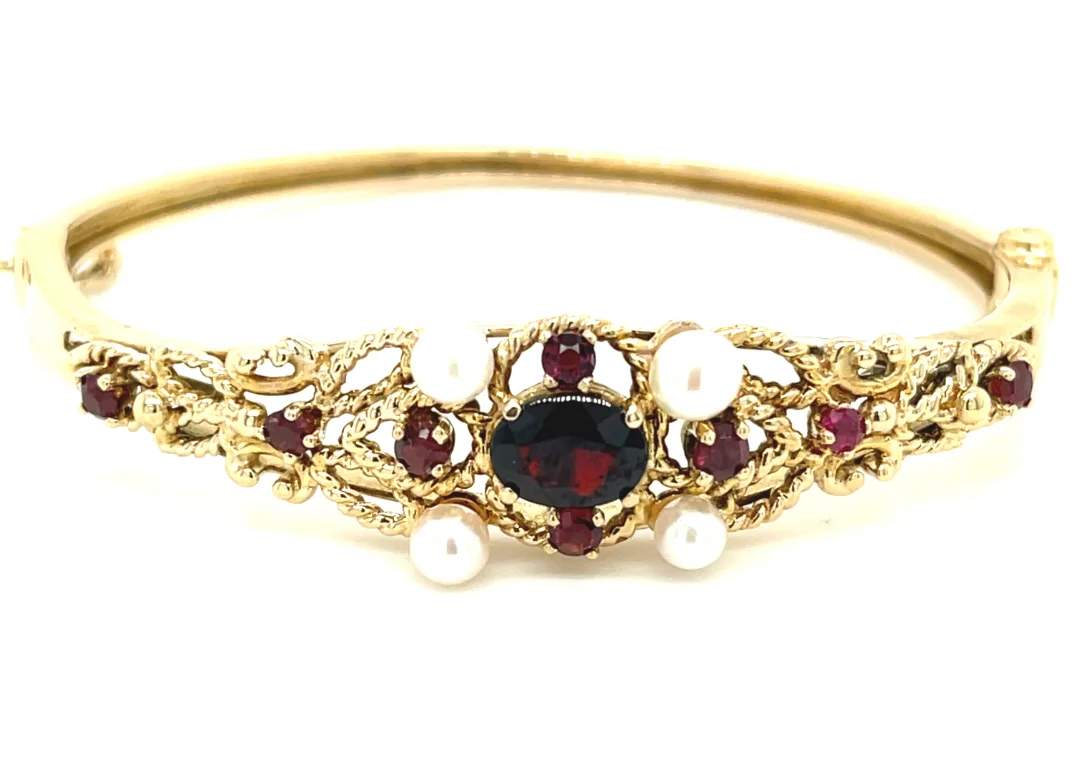
Got Antique Jewelry Worth Something? Here’s How to Sell It!
Perhaps you have inherited or obtained antique or period jewelry that doesn’t suit your style and hasn’t seen the light of day, taking up space in your jewelry box.
It may be worth more than you think, certainly worth your time to assess its value and how you might sell it, giving it new life to a collector who would love it.
It’s important to understand some of the jargon and what it means when discussing “antique,” “estate,” “vintage,” and “period” jewelry. In the secondhand market estate jewelry means pre-owned, whether it's five years old or 105. Jewelry historian Anna M. Miller, author of the book, “The Buyer’s Guide to Affordable Antique Jewelry,” considers “vintage” another term for pre-owned or estate. Some sources classify jewelry as “vintage” after 20 years, some cite 30 years, and others say at least 50 years old.
The term antique is definitely defined as jewelry that is at least 100 years old. Period jewelry, which may or may not be antique, comes from a defined, recognized and collectible era. In Miller’s book, she shares the framework that exists of specific years and design styles: Georgian (1714-1837), Early Victorian (1837-1860), Mid Victorian (1860-1880), Late Victorian (1880-1901), Art Nouveau (1880-1914), Arts and Crafts (1890-1914), Edwardian (1901-1910), Art Deco (1920-1940), Retro (1935-1950), Modernism (1930-1970), and Postmodern (1950-present).
Certain periods are better known for higher quality craftsmanship and component materials than others. Some of the poorest crafted jewelry is found among items from the Arts & Crafts period, which is attributed to the work of jewelry students and amateur artisans, Miller writes. While the Georgian period is distinguished by a greater propensity for excellent craftsmanship.
Jewelry made before the 18th century is very scarce — the more distant the period the fewer pieces are available in the market, as Miller explains the greatest production of jewelry occurred in the mid-1800s when jewelry began to be mass manufactured.
In terms of accessibility, antique rings and earrings in pairs are hard to come by, as ring shanks wear out and earrings are often divided among family members or one in a set is lost. More available in antique jewelry are brooches and necklaces.
Think You Have Something to Sell
Antique jewelry was almost always handmade or at the very least (in the case of newer, vintage jewelry) hand-finished. Even in high-end bespoke modern pieces, it's almost impossible to find the same level of quality and workmanship as is regularly seen in old jewelry, Miller imparts in her book.
Factors such as the condition of the piece, including its integrity (whether or not it has been repaired or altered), as well as its design, provenance (origin), and marketability are all considered when determining its value. Any pertinent history and personal stories add to the background of the piece.
Jewelry from well-known companies like Tiffany tends to have a greater value in the market. Any original paperwork and packaging from a brand, and appraisal certificate stating its value are important to present with the piece.
Buyers of antique jewelry are looking to determine that the piece has not been restyled or reset with inferior stones. They look for what will hold up and what's repairable and determine whether it’s authentic or a reproduction. Antique jewelry has enduring value, especially if the piece is immediately wearable, Miller writes.
A jeweler’s loupe and penlight are the basic tools is needed to examine workmanship, hallmarking, and gemstones for inclusions and fractures, and security of their setting. Examine the piece from all angles, front and back. A sign of the fine craftsmanship associated with jewelry from the past is a beautifully finished underside.
Authentic antique jewelry, and not reproductions, would not have a perfect patina and show signs of wear. Miller writes that old pieces have a softness of workmanship, no hard edges, as a newly made reproduction would, because it has been handled for many years.
How to Sell Your Antique Jewelry
There are a number of channels that consumers can take to sell their antique and estate jewelry. Rather than searching for jewelers with expertise in the antique and estate jewelry category or trying your hand at an online auction or trading platform, consider working directly with a company that does this type of buying and selling day in and day out.
There are suppliers in the second-hand fine jewelry market like White Pine Wholesale, that specialize in buying and selling estate jewelry, including antique and period pieces, and recycled diamonds.
“We purchase pre-owned jewelry both branded and unbranded. Items including engagement rings, bracelets, earrings, watches, necklaces, pendants, and more,” explains White Pine CEO Benjamin Burne. “As resellers of natural diamond and estate jewelry, we value your items for more than the metal and/or breakout value, which is why we're able to offer higher prices than other jewelry and diamond buyers.”
Based in New York City, White Pine has over 30 years of collective experience in purchasing diamond jewelry giving highly competitive offers. “We will complete a thorough evaluation of your item/s and establish an offer based on the full value of your pieces,” Burne explains. “Our position at the center of the national and international diamond and jewelry industry allows us to find value where others can't. We don't have a hyper-local focus as a local jeweler would, which means greater expertise, an international reach, and better prices for consumers selling antique and estate jewelry.”
Consumers can visit the website to make initial contact with White Pine about the jewelry they are interested in selling. The online form allows for the submission of descriptive content and photography. It’s recommended to supply multiple images of the jewelry from different angles, close-up shots of any hallmarking, and of any brand paperwork and packaging and other documents of provenance that help to tell its story.
White Pine has the knowledge, connections, and expertise to assess and procure the best market value for antique and period pieces and all estate jewelry. Consumers can benefit from this industry resource, at the very least a good first step to determine what you have and what it might be worth.
You may want to sell diamond rings or other jewelry that is not antique, and we can help with that also, just visit our selling page.









